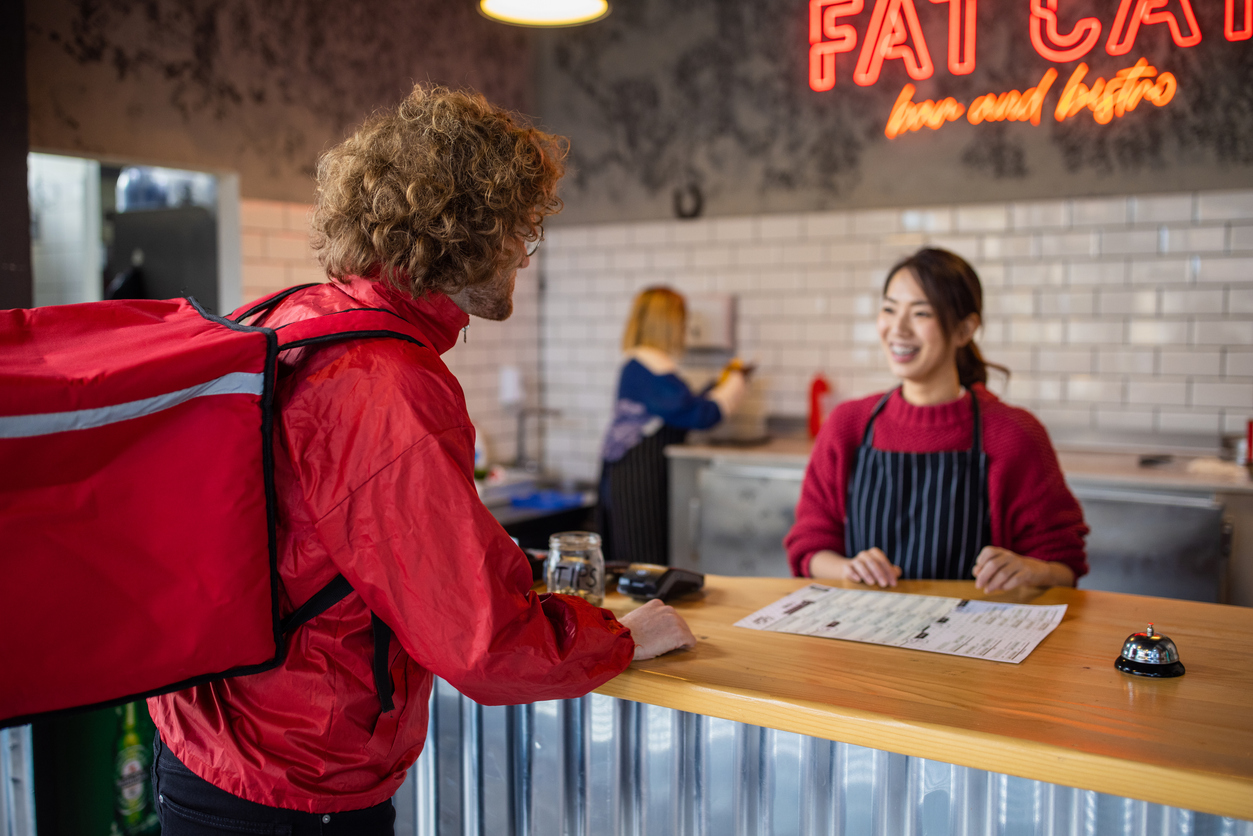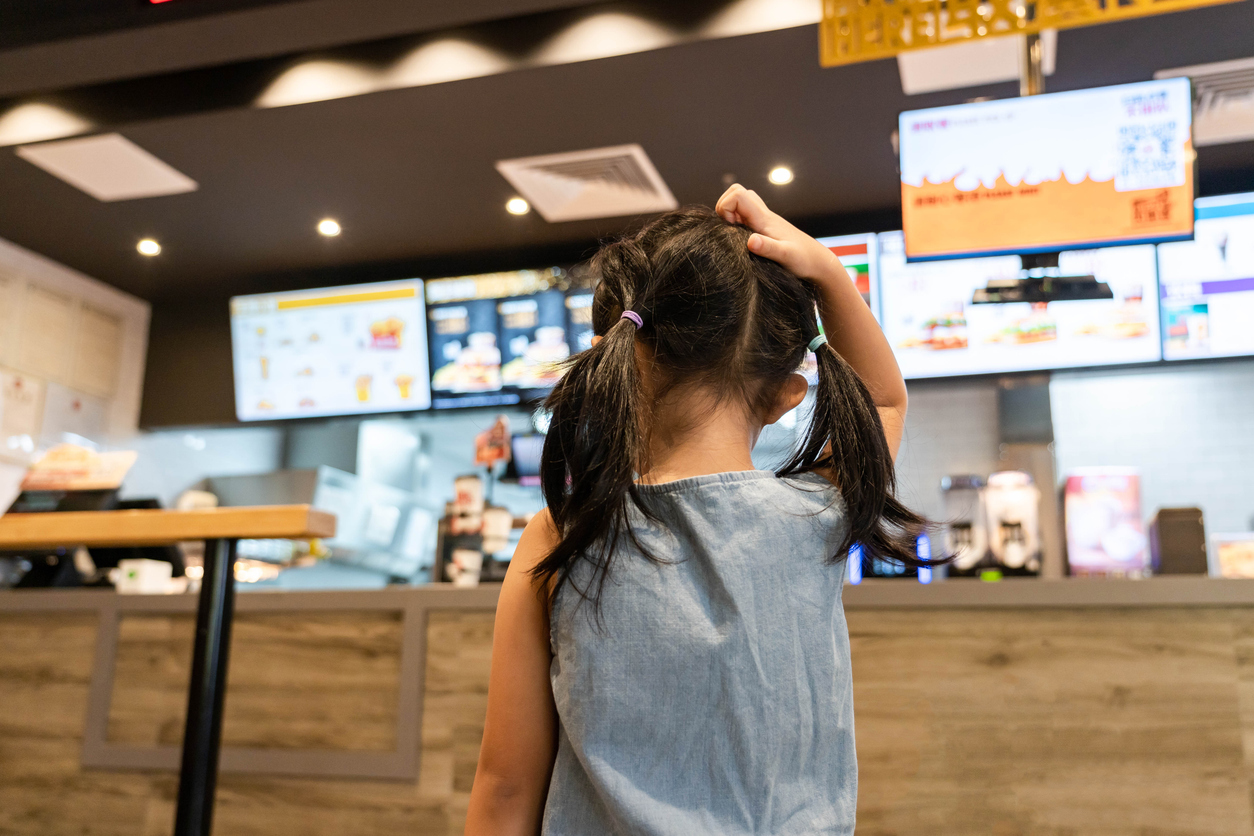If you're a restaurant that offers catering, knowing exactly how much money you're truly making can be the difference between a successful business and a stagnant channel. Catering profit margins reveal the financial health of your operation, helping you make strategic decisions about pricing, menu design, and operational efficiency.
For example, among catering companies, 52% bring in annual sales of between $1M and $7.5M. The average customer spends between $100 and $250 for any event with the catering company. These amounts vary based on factors such as the size of the event, the menu choice, and additional services such as premium options or special requests.
To improve your bottom line, explore what catering profit margins are, how to calculate them accurately, and actionable strategies.
What Is A Catering Profit Margin?
A catering profit margin is a crucial financial metric that measures the profitability of a catering business. It represents the percentage of revenue that remains after accounting for all costs associated with providing catering services.
There are two types of profit margins that show how effectively a restaurant catering company earns money from its operations to its total revenue.
Gross Profit
Gross profit is a key financial metric that represents the total revenue a business generates minus the direct costs associated with producing or delivering that revenue.
Gross Profit = Total Revenue - Direct Costs
For a catering business, direct costs typically include:
- Food ingredients
- Direct labor (kitchen staff, servers)
- Disposable supplies
- Cooking equipment usage
- Transportation costs for food and equipment
Net Profit
Net profit is the total earnings of a business after subtracting all expenses, including operating costs, taxes, and other financial obligations, from total revenue.
Net Profit = Total Revenue - Total Expenses
Components of total expenses include:
- Cost of Goods Sold (COGS)
- Operating expenses
- Salaries and wages
- Rent/lease
- Utilities
- Marketing costs
- Insurance
- Equipment maintenance
- Taxes
- Interest payments
How To Calculate A Restaurant’s Profit Margin?
It is a simple process of calculating a restaurant's profit margin to know how much profit it generates against the revenue. For you to calculate your profit margin, here's what you need to do:
- Determine Total Revenue: All income from food sold, beverages sold, catering services, and any other source of income in the restaurant.
- Determine the Cost of Goods Sold (COGS): COGS is all the direct costs of producing food and beverages sold, including ingredients, packaging, and anything else consumed directly in preparing meals.
- Subtract COGS from Total Revenue: Subtract your COGS from your total revenue to determine your gross profit.
- Divide by Total Revenue: To calculate your profit margin, divide your gross profit by your total revenue.
Here's the formula to compute your profit margin,
Profit Margin = (Revenue – Cost of Goods Sold) / Revenue
This enables you to calculate the percentage of every dollar from each sale that will eventually be profit. A higher profit margin means higher efficiency in generating profit from sales, and lesser margins may mean adjusting prices, cost control, or operational efficiency.
What Is The Average Catering Profit Margin?
The average profit margin for a catering business usually falls between 7% and 8%. This number represents the net profit margin, which indicates the profit a catering company retains from its total revenue after covering all costs, whether food, labor, overhead, or other operational costs.
There are factors, however, that affect profit margins:
- The size of the business
- The nature of catering services (e.g., corporate catering)
- Location
Catering businesses can increase profit margins by carefully managing food and labor costs, optimizing service efficiency, and maintaining competitive pricing. Monitoring these factors and achieving higher profitability is key to a catering business's long-term success.
Factors Influencing Catering Profit Margins
Catering profit margins are affected by many factors, but the key ones always comprise food costs, labor costs, and overhead expenses. Proper planning and efficient management of these areas can help increase profitability and ensure sustainable business growth.
Food Costs
Controlling food costs is another important determinant of a catering business's profitability. Food directly affects profits or expenses, as high food costs can break a business's profit line.
A menu mix of high- and low-cost items can help balance expenses. Avoiding too many expensive ingredients can keep menu costs down. A consistent portion size reduces food waste and saves money. Build strong relationships with suppliers and negotiate prices to get better deals on ingredients.
Ingredient prices can fluctuate due to several factors, like seasonal price increases. Avoid this by buying in bulk, when your ingredient prices are low, or by buying locally to avoid other transport costs.
Labor Costs
Another significant component of catering profitability is labor. Elevated labor costs can quickly burn off potential profits, so one must be cautious in managing their staff. The average labor cost percentage is usually 20 to 35 percent of the gross sales.
Trained personnel can multitask and help manage events without requiring additional employees. Use schedule software to ensure you have the appropriate number of staff for each event so that it stays consistent and smooth.
Overhead Costs
Overheads include equipment hire costs, transport, utilities, lighting, and other fixed costs. Hiring equipment instead of buying it can save on heavy lump sum costs. Optimizing delivery routes and vehicle utilization can significantly cut fuel and transportation costs.
Suitable marketing methods, such as social media or word-of-mouth publicity, can reduce traditional advertising expenses. Proper management of such expenses helps maintain higher profit margins, thus enhancing the business's overall financial health.
Strategies For Increasing Catering Profit Margins
Increasing the profit margins of catering businesses involves cost-saving strategies and revenue-boosting techniques. Food use, customer engagement, and technology improvements can make catering businesses more profitable.
Minimize Food Waste
Food waste can greatly reduce profit margins. To avoid significant waste, caterers must plan portions carefully, ensure an accurate headcount, and creatively use leftovers. In addition to managing food waste, inventory tracking and analysis of food usage will provide insight into better managing certain items.
Negotiating With Vendors
Negotiating favorable terms with suppliers can lower food costs. Building a strong, long-term relationship with vendors can result in better prices, discounts, and exclusive deals. Shopping around for the best deals, especially on bulk purchases, should also be done to ensure the most cost-effective sourcing of ingredients and supplies.
Optimize Menu Offerings
Combining popular and profitable items with cost-effective ingredients determines profitability margins. Custom menu options, removing low-margin items, and relying on the most popular dishes are avenues to increase total sales. Providing seasonal menus from locally sourced ingredients can also save costs on provisions and offer a differentiated choice.
Upselling And Cross-Selling Techniques
Upselling and cross-selling are fantastic revenue-per-customer-boosting strategies. Suggest premium items to customers that they may include in their orders, such as drinks, appetizers, or desserts. Cross-selling can be made by offering complementary items or services, like catering add-ons or party favors, for a richer customer experience and more revenues.
Improving Online Presence
A strong online presence can attract more customers and increase sales. Use social media, a simple website, and online reviews to interact with potential clients. Online, you can showcase your catering service, the positive feedback of your former clients, and your delicious offerings, creating brand awareness, repeat business, and increased orders.
Implementing Loyalty Programs
Loyalty programs reward repeat customers and encourage them to choose your catering services for future events. Reward with discounts, special promotions, or points that can be redeemed for future services. This will help retain customers and build customer loyalty, increasing revenue over time.
Use Of Promotional Strategies
Special promotions such as discounts for large orders, seasonal deals, or referral incentives tend to attract new clients and order more frequently. Additionally, limited-time offers combined in a package with the food, drinks, and services offered at a reduced price can combine to boost sales and encourage larger bookings.
Maximizing Your Profit With Checkmate's Catering Solution
Checkmate's catering solution will enable you to streamline operations, increase customer satisfaction, and boost profit margins. With online ordering features such as easy online ordering, detailed reporting, and integrated marketing tools, we will give you all the necessary tools to optimize your restaurant catering and achieve lower waste and controlled costs, ultimately increasing profitability. Get a demo and see how we can propel your restaurant catering services to new heights while maximizing your potential profits.





